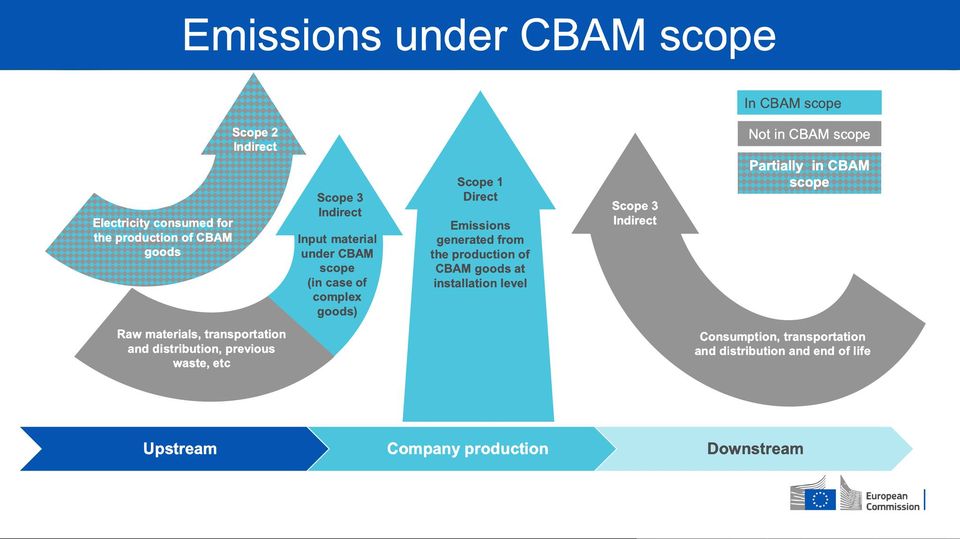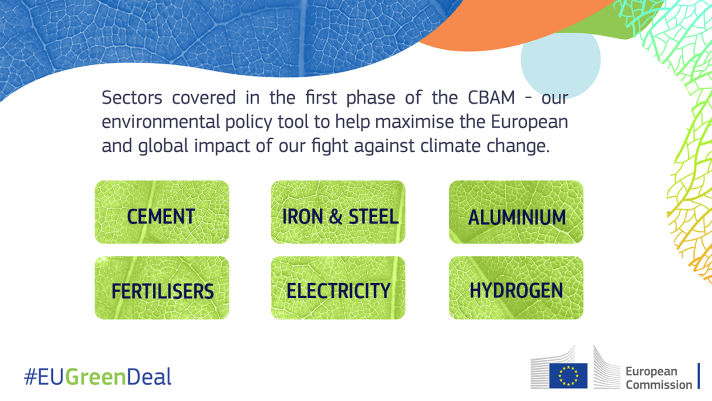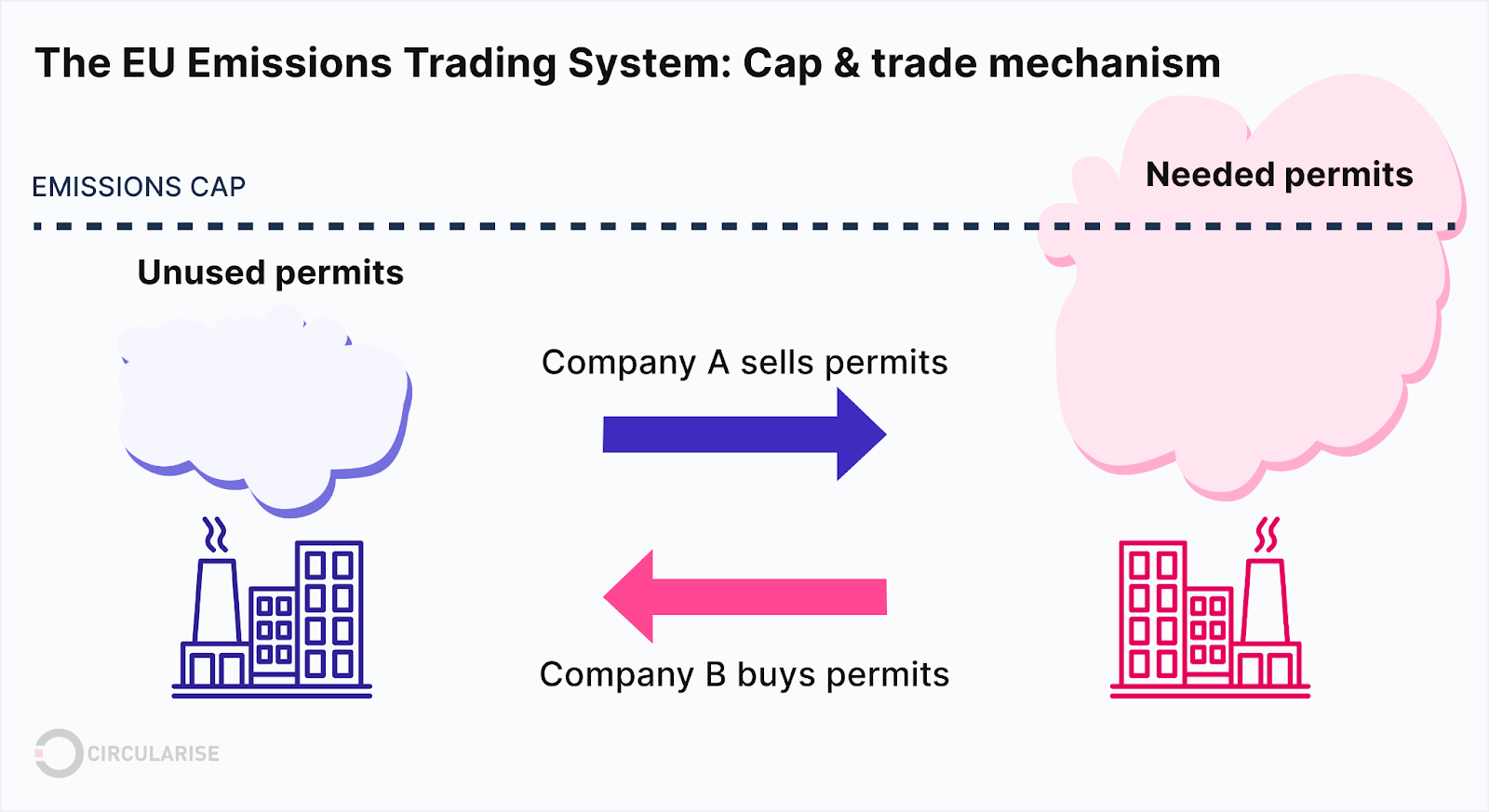What are embedded emissions? How do they differ from carbon footprints?
Before delving into the embedded emissions in CBAM, it’s crucial to understand the organizational greenhouse gas inventory outlined in ISO 14064-1. The latest version, ISO 14064-1:2018, classifies organizational greenhouse gas emissions into the following six categories:
Category 1: Direct GHG emissions and removals
Category 2: Indirect GHG emissions from imported energy
Category 3: Indirect GHG emissions from transportation
Category 4: Indirect GHG emissions from products used by an organization
Category 5: Indirect GHG emissions associated with the use of products from the organization
Category 6: Indirect GHG emissions from other sources
CBAM’s embedded emissions calculation distinguishes only between “direct emissions” and “indirect emissions.” The corresponding relationship with ISO 14064-1:2018 is as follows:
| CBAM | ISO 14064-1 |
|---|---|
| Direct | Category 1+ Category 2: Heat Inputs |
| Indirect | Category 2: Electricity Consumption |
| Precursor | Category 4: Upstream Raw Materials |
Is product-specific embedded emissions equivalent to the product’s carbon footprint?
When computing the carbon footprint of a product, the standard practice involves assessing the entire lifecycle, encompassing stages from cradle to grave. This comprehensive analysis includes aspects like raw material extraction, manufacturing, marketing distribution, product use, and end-of-life disposal.
However, in the context of calculating product-specific embedded emissions for CBAM, the focus narrows down to the cradle-to-gate process, specifically examining raw material extraction and manufacturing. This excludes considerations for marketing distribution, product usage, or end-of-life disposal. It’s crucial to recognize that embedded emissions only encompass emissions originating from “fixed equipment,” excluding emissions from equipment such as forklifts within a manufacturer’s facility, transportation between buildings, and even greenhouse gas emissions from office spaces.
In summary, when determining product-specific embedded emissions for CBAM:
(1) Initiate the process with an ISO 14064-1:2018 organizational greenhouse gas inventory. This foundational step helps to comprehend the calculation methods for greenhouse gas emissions, applicable to subsequent calculations of product-specific embedded emissions. Notably, EU importers may provide manufacturers with organizational greenhouse gas inventories as a reference for data quality and audits.
(2) Clearly define the product’s process boundary.
(3) Inventory inputs, including energy, heat sources, electricity, and raw materials.
(4) Inventory outputs, encompassing the quantity (weight) of the product and waste.
The attached diagram illustrates the relationship between greenhouse gas emissions specified by CBAM and ISO 14064-1.
Note: ISO 14064-1 categorizes greenhouse gas emissions into Scope 1-3, while ISO 14064-1:2018 classifies them into Category 1~6.





